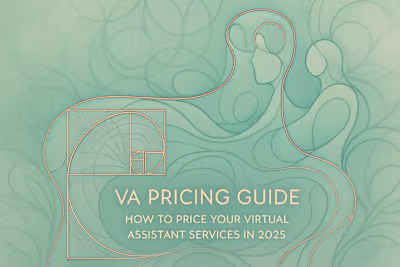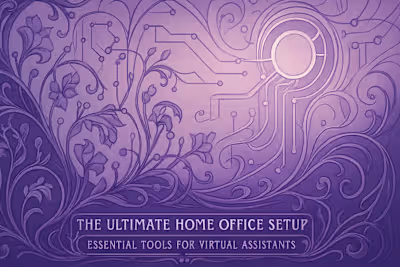How to Create a Virtual Assistant Profile That Attracts High-Paying Clients

How to Create a Virtual Assistant Profile That Attracts High-Paying Clients
The Anatomy of a Killer VA Profile
The Professional Headshot: Your First Impression
Your Headline: More Than Just a Title
Crafting a Compelling Bio and Summary
Focus on Client Benefits, Not Just Your Skills
Inject Your Personality
Use Keywords Strategically
Showcasing Your Skills and Expertise
Highlight In-Demand Technical Skills
Don't Forget Essential Soft Skills
Building a Portfolio That Proves Your Worth
What to Include in Your Portfolio
Creating Work Samples with No Experience
The Power of Testimonials and Social Proof
How to Ask for a Testimonial
Leveraging LinkedIn Recommendations
References
How to Create a Virtual Assistant Profile That Attracts High-Paying Clients
The Anatomy of a Killer VA Profile
The Professional Headshot: Your First Impression
Your Headline: More Than Just a Title
Crafting a Compelling Bio and Summary
Focus on Client Benefits, Not Just Your Skills
Inject Your Personality
Use Keywords Strategically
Showcasing Your Skills and Expertise
Highlight In-Demand Technical Skills
Don't Forget Essential Soft Skills
Building a Portfolio That Proves Your Worth
What to Include in Your Portfolio
Creating Work Samples with No Experience
The Power of Testimonials and Social Proof
How to Ask for a Testimonial
Leveraging LinkedIn Recommendations
References
Posted Jun 30, 2025
Learn how to craft a compelling virtual assistant profile that stands out. Get expert tips on writing your bio, showcasing your skills, and building a portfolio that wins jobs.










